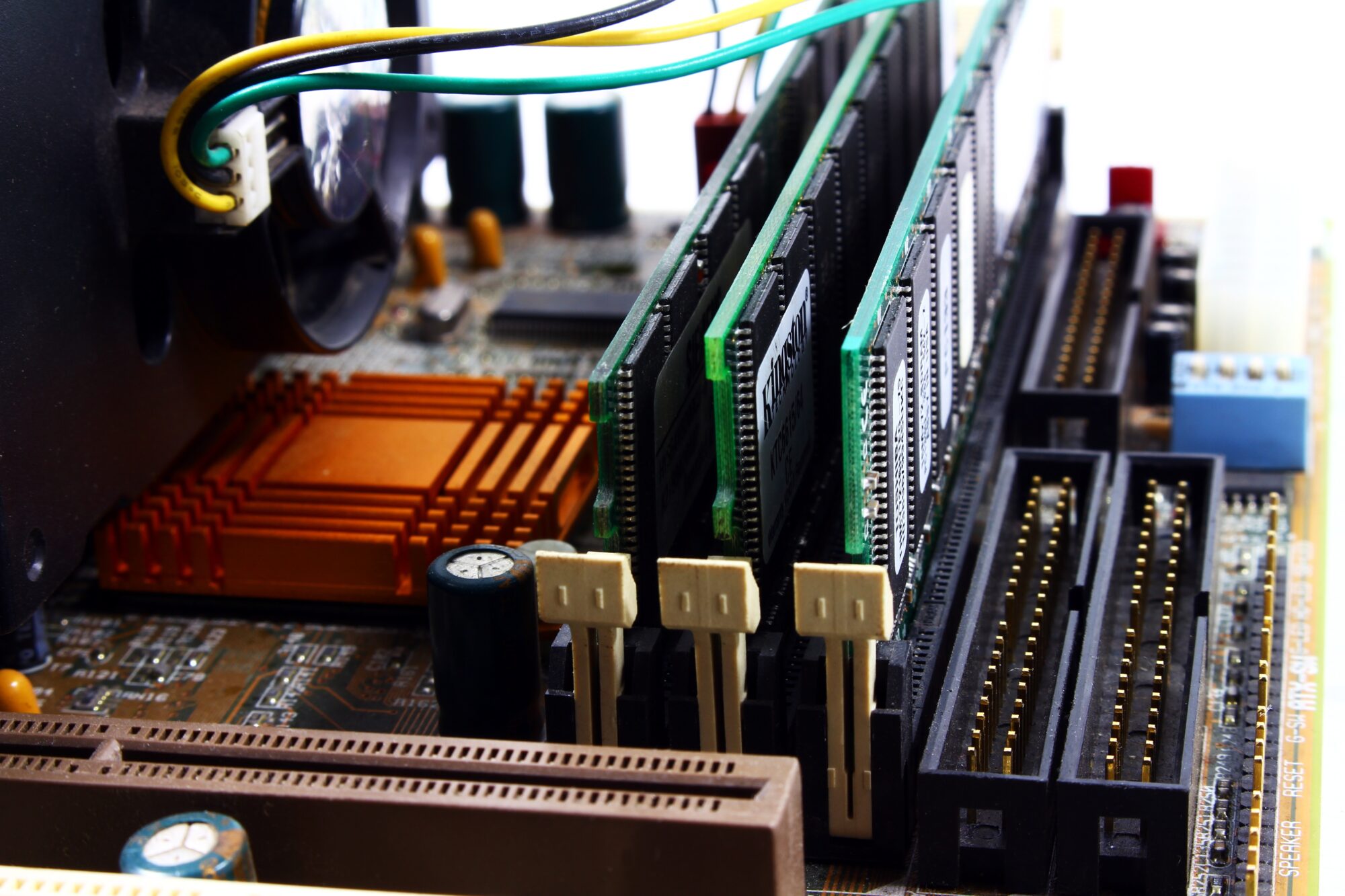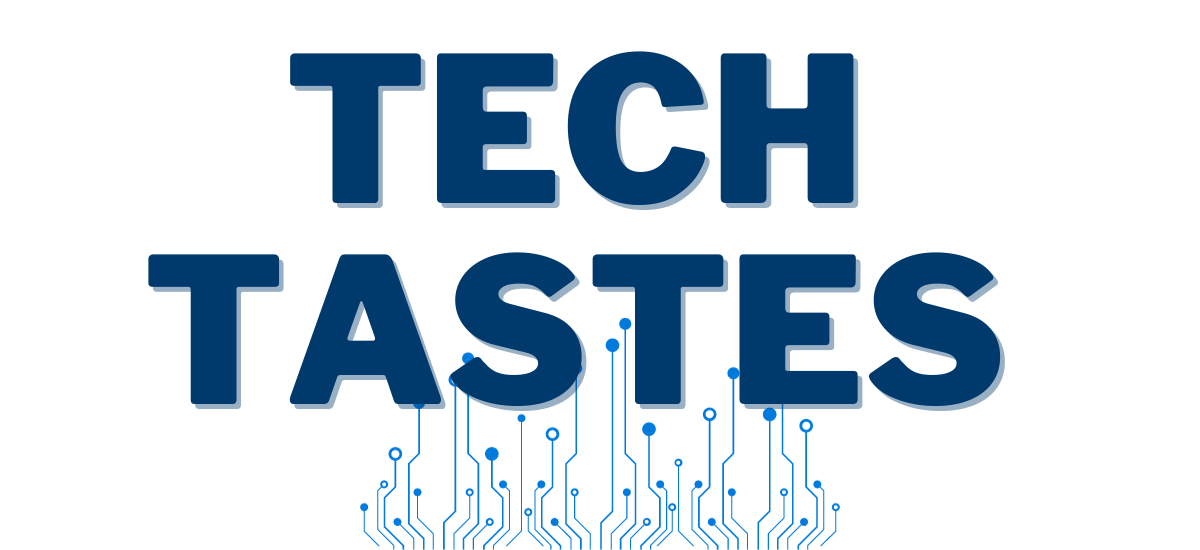Technology is constantly changing and evolving at a rapid pace. As technology evolves, it is applied to computers, phones, and every other tech product out there. Modern-day computers, laptops, and tablets run better and faster than the ones we had 10 years ago. We still have questions like How to Speed Up Your Computer, seems we should be past that but here we are.
Even with the most recent version of operating systems, you can have glitches, and not everybody is prepared to move from their older version of OS to the latest as soon as it releases. These methods for ramping up Windows apply to both Windows 10 and Windows 11.
The issue with many guides on how to accelerate Windows performance is that they advise you to disable a few of the OS’s more entertaining functions, such as graphic transitions. The majority of our suggestions will help you speed up your Windows system while maintaining its aesthetic and performance.
The majority of the suggestions are free, although some do need the purchase of software or hardware. A few of the recommendations near the conclusion of this blog are guaranteed to boost your system performance. The tips discussed in this article are, without a doubt, the best tips for speeding up your PC.
Be wary of registry cleanup adverts that claim to “Boost Your Computer” because they frequently lead to viruses. The usage of database managers in Windows 10 is not supported by Microsoft.
With all this in mind, let’s jump into the methods you can apply to boost your computer’s performance.
RAM upgrade

All current processes and programs are handled by Random Access Memory (RAM) on your computer system. Think of RAM to be your computer’s temporary memory as it holds data for a short time or as needed by the currently operating programs. A baseline of 4 Gig RAM is needed for personal operations. This is mostly due to these types of programs:
- Gaming, editing photos and videos, using Illustrator, coding apps, and digital streaming applications are all programs that require quite a bit of digital power.
- While using a browser, having many tabs running simultaneously can quickly exceed 3 Gigs of RAM. When this happens, it will hamper your PC’s performance, causing your PC to be laggy and leave the PC with hardly any memory for Windows to operate smoothly, much alone some other programs to run.
Your PC will not have the ability to manage all the things you are trying to run if you do not have enough RAM, and its performance will go downhill as a result. If your system’s memory is below 4 Gigs, you must increase it if you are considering a better-performing system.
But if you’re playing heavy games with a lot of graphics power demand or dealing with enormous files and require a powerhouse, 8 GB of RAM should do the job. However, considering today’s gaming scene, a minimum of 16 GB RAM is required if you are planning to turn your PC into a gaming setup.
RAM is considerably more inexpensive than it has ever been; there are a lot of guides on the internet that can help you in upgrading RAM, all by yourself.
Get rid of the unwanted programs
Although this situation is getting better, a few of the newer models ship with a lot of unneeded programs, which are frequently referred to as crapware, Potentially Undesirable Applications (PUAs), and bloatware.
A recent computer we evaluated just a few years back had roughly 18 assistant apps that would periodically come up and stop our work. Even big names such as Microsoft aren’t innocent in this scenario, since they have incorporated a few videogames and 3d virtual programs in machines that you might not want.
Get rid of any undesirable software by right-clicking on its tile in the Start menu and choosing the Uninstall option. This will remove the software right away. You may also right-click just on the Start button and select Programs and Features from the drop-down menu. Alternatively, you can also type Programs in the Start button’s search function.
Bloatware is frequently located by grouping the set of existing apps by the manufacturer of your computer. Additional useful choices include sorting by Recent to discover whether you loaded any apps you weren’t aware of and sorting by Size to remove any of the huge programs you will never use.
Choose the garbage programs you do not need and hit Uninstall after you’ve found such a program. You can only delete one by one, however. So, if there is a lot of bloatware on your device, you will need to spend half an hour or so to remove all of them.
Upgrade your hard disk
The hard drive in your system acts as long-term storage, hoarding the OS along with other essential operational system files, applications, and every bit of the data, files, and information. A physical HDD (hard disk drive) is used in just about all budget devices and a few mid-range PCs to this day, however, unlike the processor and RAM, hard disk states are excruciatingly sluggish.
If you really can, buy an SSD (solid-state drive). SSDs are quicker than hard disk drives because they do not have any mechanical moving components and provide rapid access to the files stored inside them. Solid-state drives will improve your memory access rates by a mile. With the help of an SSD, Windows will start at full tilt, exploring files and folders will feel as smooth as butter, and programs will run without any hiccups.
Remove programs from the startup list
As previously said, many apps install secondary operations that start every single time you open your computer, and several of them aren’t necessary to be operated all the while. In comparison to Windows 7, wherein users had to use the MSCONFIG program to restrict what programs start at launch, subsequent versions of Windows provide a simpler way of doing so using the redesigned Task Manager.
Pressing Ctrl, Shift, and Esc simultaneously is the quickest way to bring up the Task Manager. When you go to the Startup tab, you will be seeing a list of all of the software that starts when you start your PC. There’s also a section in the dialog box that displays the Launch effect for each application.
The Status section indicates whether or not the application is set to execute upon launch. You may modify the status of any entry by right-clicking on it. It’s typically simple to spot programs you would not want to run at a startup. If you do not use Outlook, for instance, you certainly will not need it to be operating all the while.
If you are a gamer and have an Nvidia GPU, Then you are probably familiar with the frame drop hits that your games get when recording your gameplay. Nvidia Freestyle is always running, you could turn this off or you can look at our article on the best alternatives to Nvidia Freestyle.
GPU upgrade
Do you have to use video editing software professionally or personally or are you an avid gamer? And if that is the case, don’t worry about RAM, storage devices, or even your Processor, they are not your main area of interest. Gaming and graphic workloads such as media editing software are both powered by your graphics/video card. Your graphics card is most likely to be responsible if Far Cry 5 or any other resource-intensive game isn’t running smoothly.
The Graphics card or graphics processing unit (GPU) on laptops is often attached to the system board and cannot be replaced. Desktop systems, on the other hand, can be replaced with other high-performing graphic cards.
If you want to improve your graphics output, leading companies such as AMD and NVIDIA offer a variety of choices. However, since mining cryptocurrencies need top-of-the-line GPUs, many prominent graphics cards are either flying off the shelves extremely quickly or are incredibly expensive.
Remove unnecessary files
Removing junk items from your computer makes up room for necessary programs to run. Additionally, your PC does not have to read those files hence resulting in less strain for the processor.
Type in Disk Cleanup into the Start menu to launch the dependable tool that has been a feature of Windows for numerous iterations. Disk Cleanup scans your computer for undesirable things including temporary data, offline internet sites, and installation programs, then proposes to erase them in one go. You might even discover that your Trash Bin is overflowing at the seams; this usually only affects performance if your storage is pretty much filled up.
If you do not already have periodic disk defragmentation arranged, do so in the Optimize Drives program, which you should discover by entering its title into the search window beside the Start menu. It’s worth noting that even if your primary storage is an SSD, you won’t have to defrag it because no mechanical devices are accessing the drive.
Activating the Storage Sense feature is an even fresher technique to maintain storage usage under check. It leaves more room by deleting transient data and things from the Recycle Bin.
In a nutshell, there are a lot of ways to speed up your computer. You can find a lot of articles online describing how you can speed up a computer but what we have done in this article is mention and explain the very best and most viable methods.
